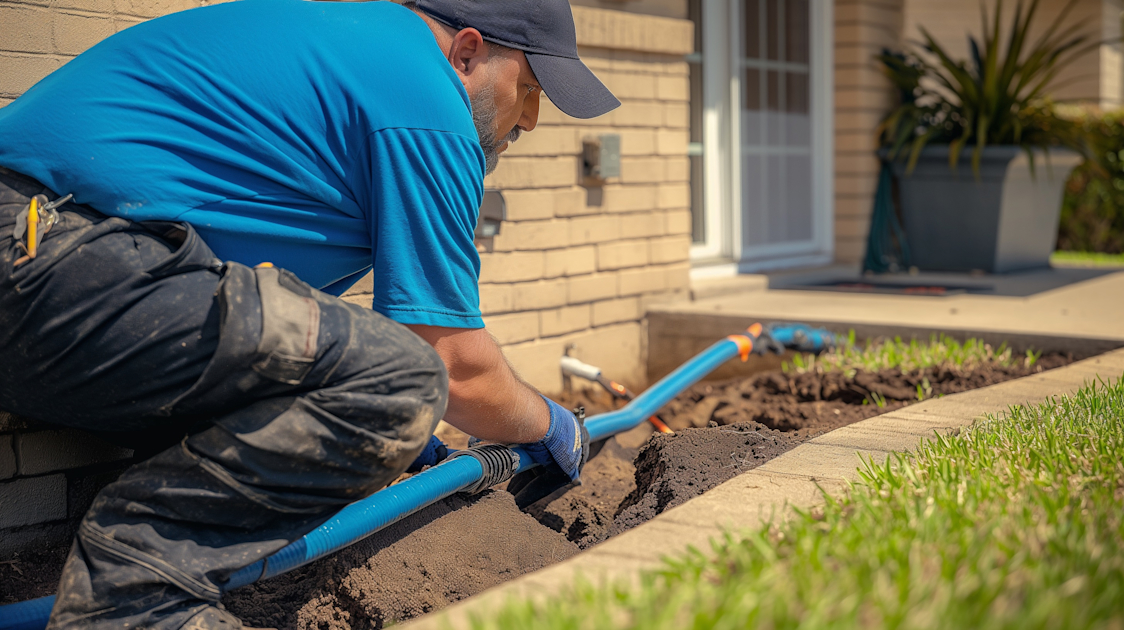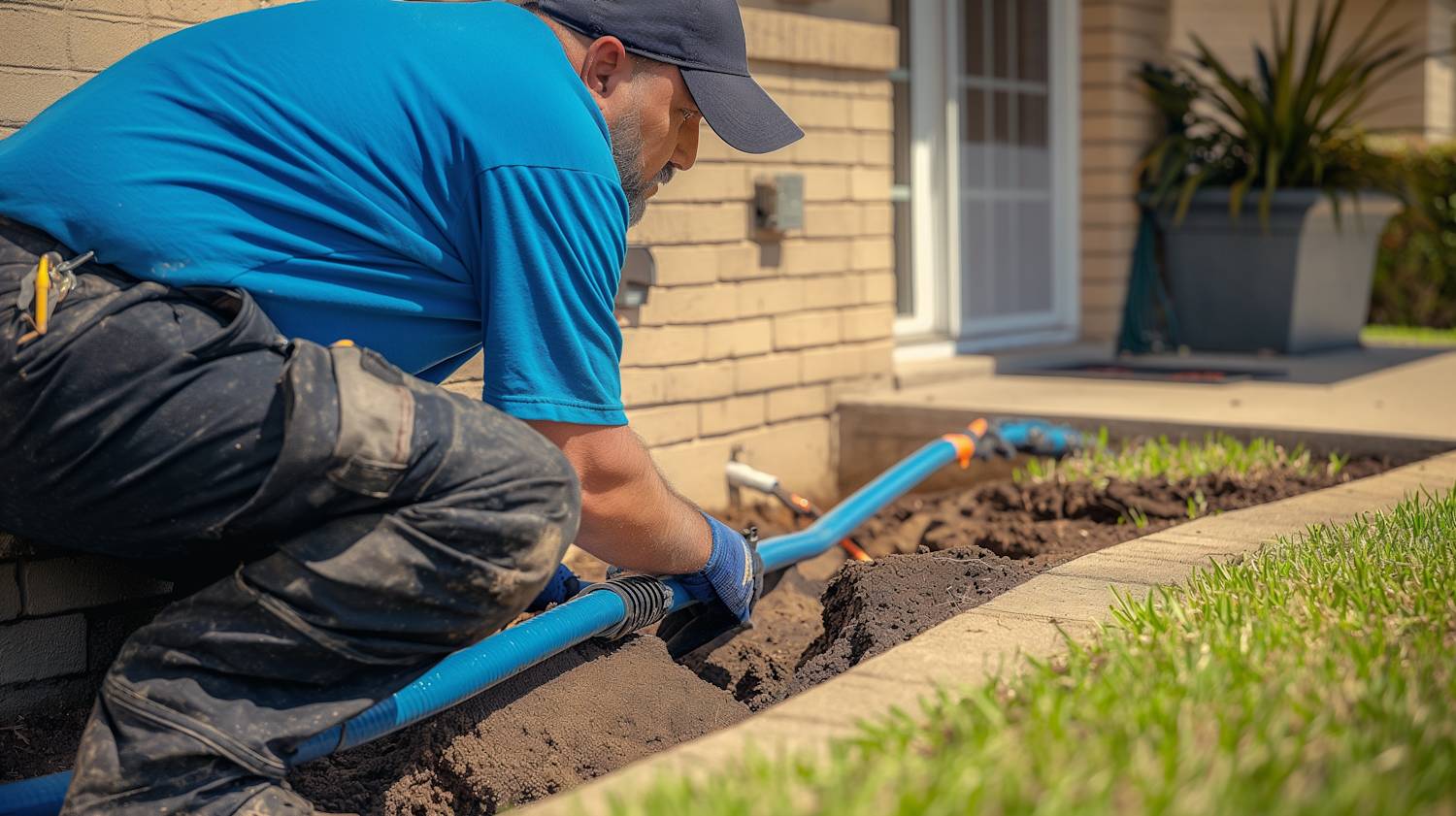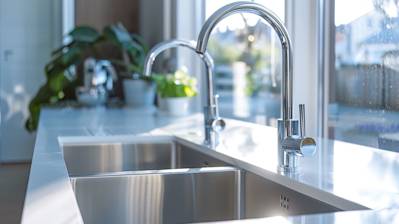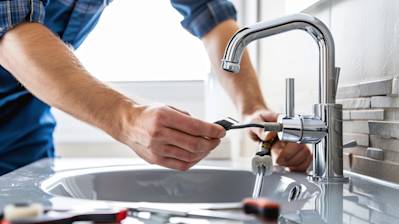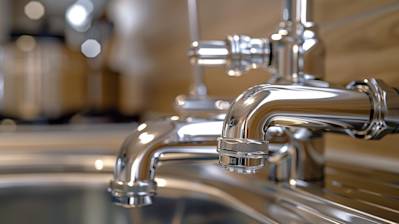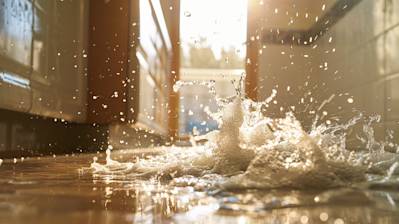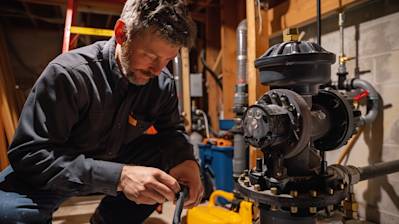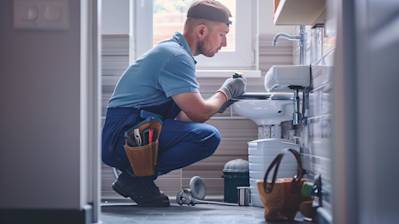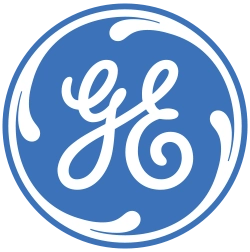Trenchless pipe lining has revolutionized the way we address drainage issues. This innovative technology, also known as Cured-In-Place Pipe (CIPP) lining, has significantly minimized the expense and interruption typically associated with pipe repairs. This method has gained popularity because it's quick, effective, and efficient. Below, this comprehensive guide will shed light on every aspect of trenchless pipe lining, which has proven to be a game-changer in the plumbing industry.
What is Trenchless Pipe Lining?
Trenchless pipe lining is a modern process of repairing damaged pipes by creating a pipe within a pipe to restore both functionality and water flow. The great advantage of this method is that it does not require excavation, hence the name 'Trenchless.' This means that property owners can avoid the hassle and expense of digging up their land and disrupting the landscaping.
The Process of Trenchless Pipe Lining
The procedure of trenchless pipe lining is straightforward and involves the following steps:
-
Cleaning: Work commences with a video inspection of the pipe to identify the problem areas and to clean out any blockages or severe intrusions. This is normally achieved with hydro jetting or mechanical methods.
-
Inversion: High-quality, flexible, resin-coated liner is prepared to match the exact length of your pipe. This liner is then inverted ("turned inside out") with air pressure into the existing pipe from a single access point.
-
Curing: Once the liner is in place, it is either steam or pressure-cured at high temperatures. The resin layer adheres to the internal walls of the existing pipe, forming a new, seamless pipe within the original pipe.
-
Final Inspection: After curing is over, a final video inspection is done to verify that the pipe has been installed correctly and is functioning properly.
Benefits of Trenchless Pipe Lining
Minimal Disruption
Trenchless pipe lining provides minimal disruption to your property unlike traditional pipe repair methods that require a lot of digging and displacing of soil, and in some cases, even pavement.
Cost-effectiveness
Although the upfront cost of trenchless pipe lining may be higher than traditional methods, the long-term benefits make it a cost-effective solution. You save on the cost of restoring your landscape, which would have been disrupted in traditional digging methods.
Increased Longevity
A trenchless pipe lining increases your pipe's lifespan. Many trenchless pipe lining materials are designed to last for up to 50 years, which means a longer-lasting solution to your pipe worries.
Increased Water Flow
Another plus of trenchless pipe lining is the increased water flow. The new lining inside the old pipe is smoother, facilitating better water flow.
When is Trenchless Pipe Lining Applicable?
Trenchless pipe lining is an excellent solution for repairing main sewer lines, landscaping drainpipes, or damaged pipes under patios, driveways, and homes where excavation is either impossible or detrimental to the environment. Nevertheless, trenchless pipe lining may not be suitable if the existing pipeline has collapsed or if there is severe pipe misalignment. In such instances, other repair methods may be more suitable.
Trenchless pipe lining represents a leap forward in the plumbing industry, offering an effective solution to the age-old problem of pipe repair. Its benefits, including minimal disruption, cost-effectiveness, increased longevity, and improved water flow, make it a preferred choice for many homeowners and commercial building owners. However, it is recommended to consult with a professional plumbing company to determine whether trenchless pipe lining is the best solution for your particular circumstances.
Frequently Asked Questions About Trenchless Pipe Lining
How Does Trenchless Pipe Lining Work?
Trenchless pipe lining is a technique that involves the use of a specific epoxy resin to create a new pipe inside the existing one. The method starts with inspecting the old pipe using a camera to determine the problem. Then, the pipe is cleaned and prepared for the lining. The epoxy-coated liner is inserted into the old pipe, inflated, and allowed to cure. Once the liner has hardened, you have a brand new pipe inside your old one.
What are the Applications for Trenchless Pipe Lining?
Trenchless pipe lining can be utilized in a variety of circumstances, including repairing leaks in sewer pipes, drain pipes, and other pipelines that are eroded, cracked, or have root intrusion. It is also beneficial in upgrading old pipe materials and increases the lifespan of the system.
Why Choose Trenchless Pipe Lining Over traditional Pipe Replacement?
Trenchless pipe lining offers several benefits over traditional pipe replacement methods. One of the primary advantages is less damage to the landscape and structures since excavation is not necessary. Trenchless pipe lining is also less time-consuming and more affordable in comparison to traditional methods.
What Materials are used in Trenchless Pipe Lining?
The primary material used for trenchless pipe lining is an epoxy resin, which lines the inside of the old pipe and hardens to form a sturdy, leak-proof pipe. The outer cover of the liner is often made from felt or fiberglass cloth, which provides an extra layer of protection.
What is the Lifespan of Trenchless Pipe Lining?
The lifespan of a trenchless pipe lining can range significantly, but on average, it can last for around 50 years or more, depending on the quality of installation and material used. The epoxy-lined pipes are more immune to corrosion and root intrusion, hence prolonging their lifespan.
Can all pipes undergo Trenchless Pipe Lining?
While trenchless pipe lining is a versatile method, not all pipes are suitable for it. Pipes that are too badly damaged, massively corroded, or collapsed may not be candidates for this method. A thorough initial inspection is necessary to determine if a pipe can undergo this process.
Is Trenchless Pipe Lining Environmentally Friendly?
Compared to traditional techniques, trenchless pipe lining is indeed more environmentally friendly. It minimizes excavation and ground disruption, which prevents the destruction of landscape and ecosystem around the area. Also, by using existing pipes, it reduces the demand for new pipe materials and consequently minimizes waste.
How long does the Trenchless Pipe Lining process take?
The duration of the trenchless pipe lining process can vary, depending on the length and diameter of the pipe, as well as the extent of damage. However, most trenchless pipe lining projects can usually be completed within a day, making it a quick and efficient method compared to traditional pipe repair procedures.
What happens during the Trenchless Pipe Lining Inspection Process?
The inspection process for trenchless pipe lining involves using a special camera to inspect the existing pipe's interior. This procedure allows the professional to understand the pipe's condition, identify any areas of damage, and determine whether trenchless pipe lining is the appropriate solution.
Does Trenchless Pipe Lining affect Water Pressure?
No, trenchless pipe lining does not typically affect water pressure. The new lining is thin and does not significantly reduce the pipe's interior diameter. Consequently, water flow and pressure should remain consistent post-repair.
Pros and Cons of Trenchless Pipe Lining
Pros of Trenchless Pipe Lining
Limited Landscape Disruption
-
One of the most compelling advantages of trenchless pipe lining is the limited landscape disruption. This technology enables technicians to repair damaged pipes without having to excavate large portions of the ground, thus preserving the aesthetics of your property.
-
Any landscaping, driveways, sidewalks or roads above the pipes will remain intact, saving a significant amount of time, effort, and money in disruptive and costly restoration work.
Cost-effectiveness
-
Trenchless pipe lining often proves to be more cost-effective in the long run. With traditional methods, expensive excavations are necessary and labor costs can significantly increase due to the longer time it takes to complete the project.
-
Additionally, this cost-effectiveness extends beyond initial installation. Because the materials used for trenchless pipe lining are more durable, they are less likely to require repairs or replacement in the future.
Higher Quality and Durability
-
Trenchless pipe lining offers a higher quality and increased durability provided by the epoxy resin liner. This liner is resistant to corrosion, chemicals, root intrusion, and it prevents leaks and breaks, therefore extending the lifespan of the pipes.
Increased Efficiency
-
The process of trenchless pipe lining is much quicker than traditional methods, sometimes completed in a single day. Therefore, homeowners can have their sewer or water pipes repaired with minimal downtime.
Cons of Trenchless Pipe Lining
Not a Solve-all Solution
-
One of the major drawbacks of trenchless pipe lining is that it cannot resolve all types of pipe damage. For instance, if the pipe is collapsed, broken into pieces or has gaps, then the trenchless method cannot be used. A full excavation and replacement might be necessary in such cases.
Higher Initial Costs
-
In some cases, the initial cost of trenchless pipe lining can be higher. The equipment used in this process is fairly advanced and the materials for lining are typically more expensive.
-
However, these higher upfront costs are often offset by the savings resulting from avoided excavation, less labor, and fewer repairs required in the future.
Limited Availability of Skilled Technicians
-
Trenchless technology requires a high level of expertise and training. Not all plumbing companies offer these services, making it potentially more difficult to find a qualified plumber for the job.
Potential for Unforeseen Complications
-
Although trenchless pipe lining is a relatively predictable process, there's always a possibility for unforeseen complications. For example, if the existing pipe's condition is worse than initially estimated, additional repairs may be necessary.
Not Suitable for all Locations or Property Types
-
Not every property can accommodate trenchless pipe lining. Factors such as difficulty accessing the pipe, the size of the pipe, the property's location, the ground material, and local regulations can all affect whether this method is a viable option.
In conclusion, as with any method, trenchless pipe lining has both its advantages and disadvantages. However, it offers a less invasive, cost-effective, and environmentally friendly solution for repairing damaged pipes.
Summary
With the advent of technology, trenchless pipe lining has revolutionized the way we handle pipe repairs. Forget about the days when extensive excavation was needed to address damaged pipes. Today, this simple yet efficient method gets the job done without yard disarray, keeping the disturbance to a minimum. Its benefits outweigh traditional pipe repairs standards, bringing convenience to homes and businesses alike.
Using trenchless pipe lining not only saves time but also keeps the integrity of the property intact. No longer do you need to stress over destroyed yards or ruined driveways. The procedure involves creating a new line inside the old pipe, making it a seamless repair solution. The best part is, this new pipeline is just as strong, if not stronger, than your old one.
Overall, trenchless pipe lining offers a smarter, faster, and more efficient solution to pipe repairs. It's the ultimate fix to damaged pipelines, without the hassle of traditional methods. The next time you run into a pesky pipe issue, don't hesitate to check out this solution - you'll likely be amazed at the headache it saves you.
About KYPD Plumbing
Welcome to KYPD Plumbing, your trustworthy and reliable solution located right in the heart of Nicholasville, KY! We proudly serve our local community, offering high-quality plumbing services that range from routine maintenance to emergency repairs, 24/7. Our experienced team brings a wealth of industry knowledge and a strong commitment to customer satisfaction. No job is too big or too small for KYPD Plumbing! We're dedicated to keeping your water flowing smoothly and your plumbing concerns at bay.
Tags: Trenchless Pipe Lining, Pipe Repair, Plumbing,

